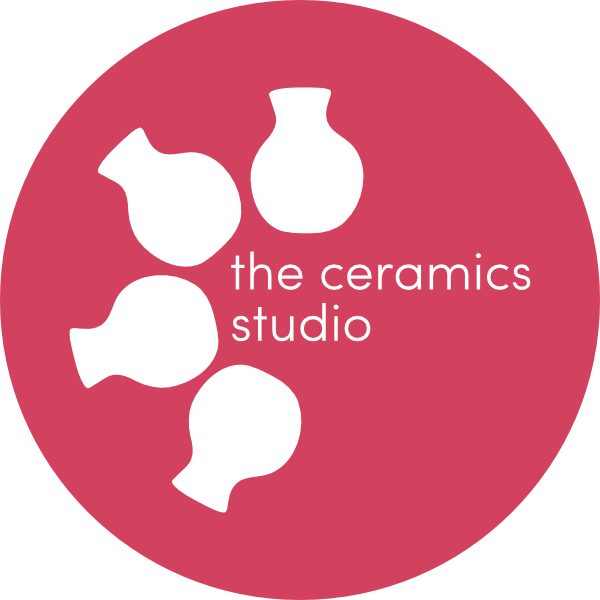Health & Safety
The Ceramics Studio - Health & Safety
Clay Hazards and Precautionary Measures
Clay dust is Enemy No.1. Clay and glaze contain silica which in their dry state are a potential health risk.
Fine dust particles (known as ‘respirable’ particles) containing silica are a major concern because they can:
- be invisible to the naked eye under normal lighting conditions
- be airborne for long periods of time in your breathing zone; and
- penetrate deep into the lungs when inhaled. To inhale or ingest the dust of any clay, glaze or plaster materials is unhealthy.
Easy Solutions
- Avoid making dust as much as reasonably possible.
- Never sweep, always wet mop or scrape up and wipe spills and general dirt.
- No sanding – go outside and wear a mask.
- Thoroughly clean all aprons, wheels, tables, tools and equipment after use (regardless of whether someone plans to use them after you) and wash up any spills, splatters, or trimmings that land on the floor.
- When decanting plaster, glaze, oxides or other powder please do so 'softly' to avoid cloud making. Wherever possible choose to use wet materials.
Other Hazards and their Solutions
- Equipment. All studio equipment is potentially hazardous. Please do not use anything without having been inducted. Please keep yourself safe by wearing sensible clothes, foot wear and tying long hair back.
- Kilns are dangerous and hot! Do not use or touch them without an induction.
- Only eat and drink in the provided clean area and always wash your hands first.
- Cover cuts with plasters and/or gloves.
- Never struggle lifting anything heavy – get help!
- Store bags and coats in the area provided and not on stools or on the floor.
- Alert everyone in the room if a floor area is wet. Use the wet warning sign.
- Keep gangways clear.
- Don't stand on chairs or stools - use elephant foot or ask for help.
- If in any doubt, please ask!
